Celebrating Christmas becomes popular
The Roman celebrations of Christmas started around the year 350. The celebration was popular and spread during the Middle Ages. The pope decided that it was time for Christian Christmas traditions instead of the old ones.
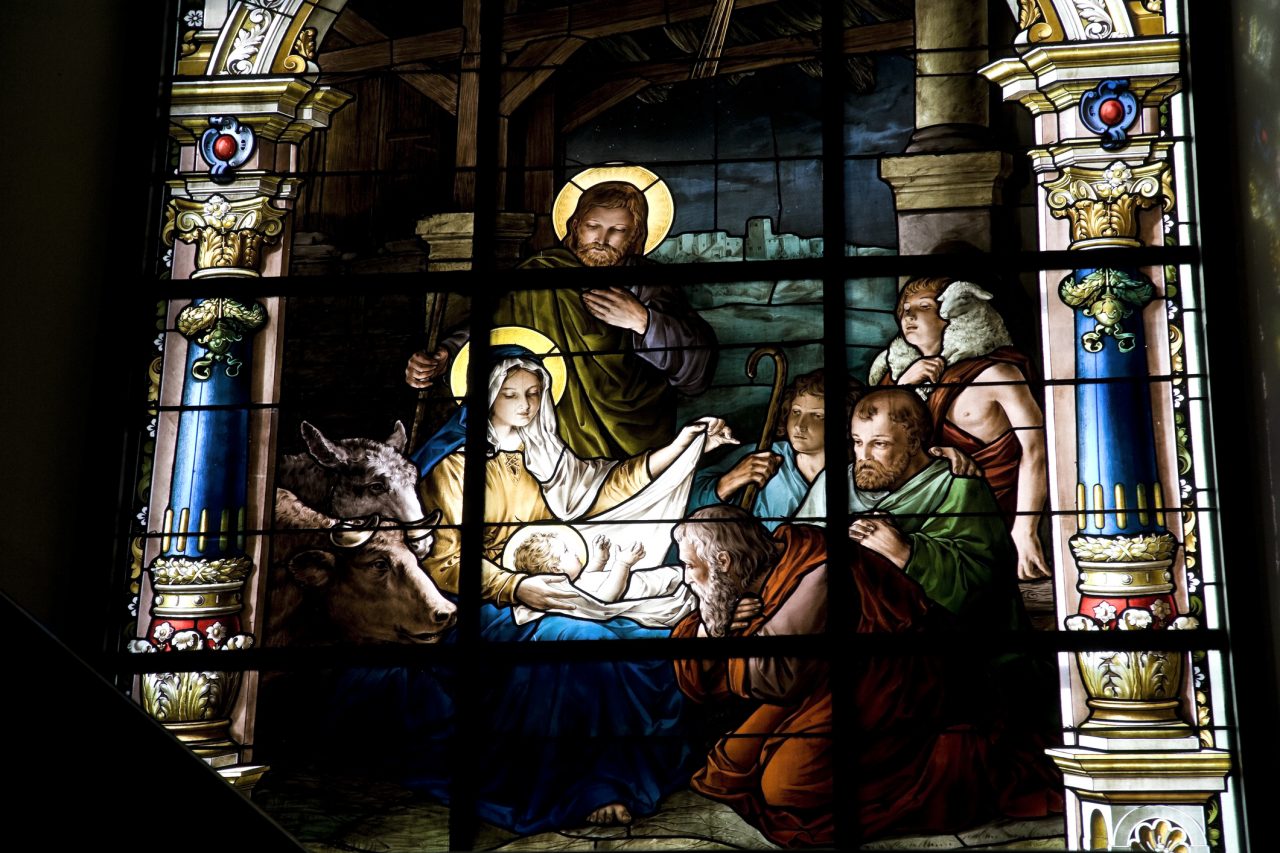
Farget glass i Tyska kyrkan i Gamla Stan, Stockholm
Christian Christmas celebrations come to Norway
It took hundreds of years before Christmas celebrations came to Norway and the Nordic countries.
Haakon the Good tried to start Christian Christmas celebrations in Norway in around 930 AD. It was a bit difficult and took time since many people wished to continue with the Norse celebration of Jól. Around 1000 AD, Norway became Christian and new traditions were introduced.

Illustrasjon, Christian Krogh, Håkon den godes saga, Heimskringla (1899)
Christmas in the Middle Ages
Several old traditions continued, but now in a Christian way. It was still important to brew beer, but now they did it for Christ and Mary, not Odin and Thor.
Being kind is a very important message at Christmas. People started to give gifts to the poor. This way the poor could switch porridge for meat or fish. Have you heard of Boxing Day? This is a British tradition where you put gifts in a box to give to the poor.

Illustrasjon av øl på en tre bakgrunn
New and old traditions
People started to decorate their houses with green plants. Advent became a tradition and songs about Jesus became popular. People started to go to church at Christmas.
The nisse is a Nordic creature that comes for Christmas. The fjøsnisse is a special type of nisse that lives in barns. He protects the animals from evil spirits.
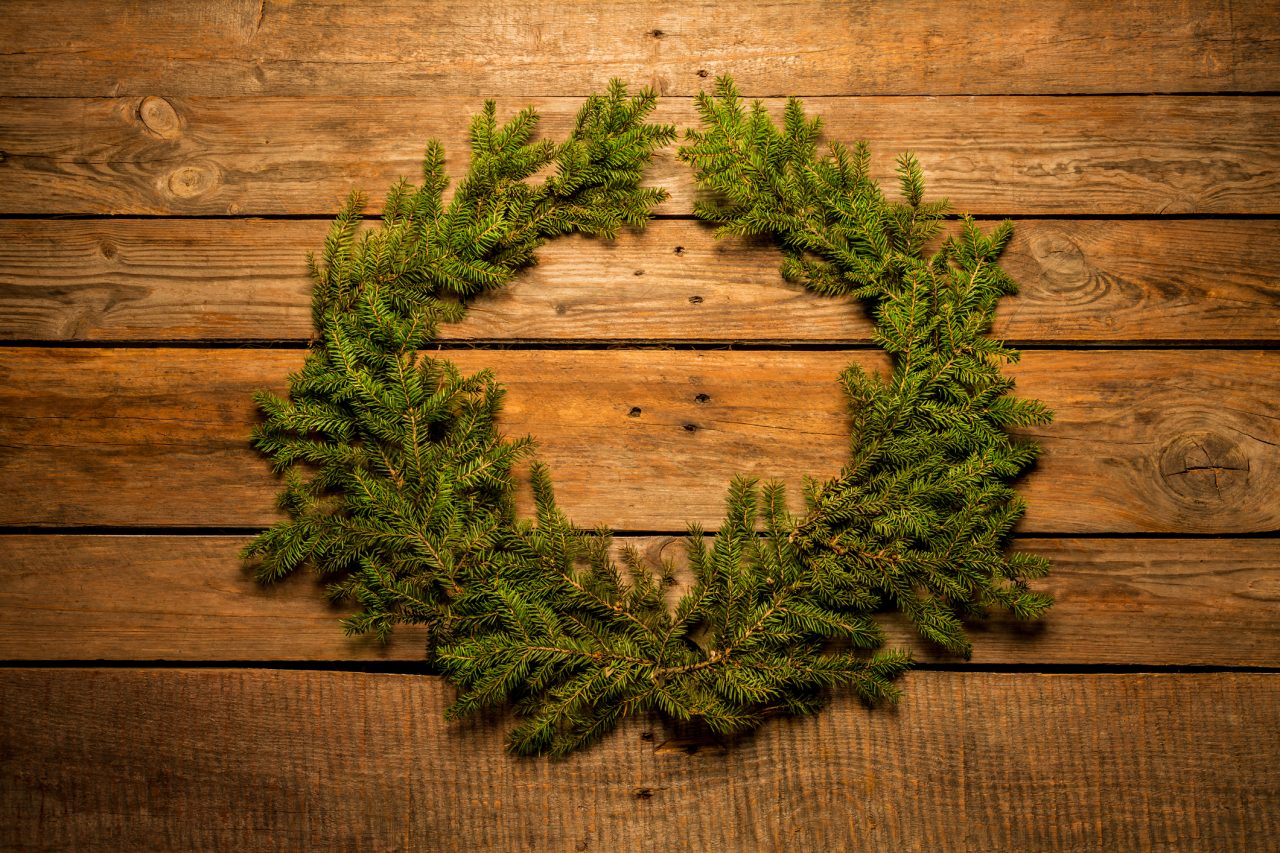
Julekrans lagt på en tre bakgrunn
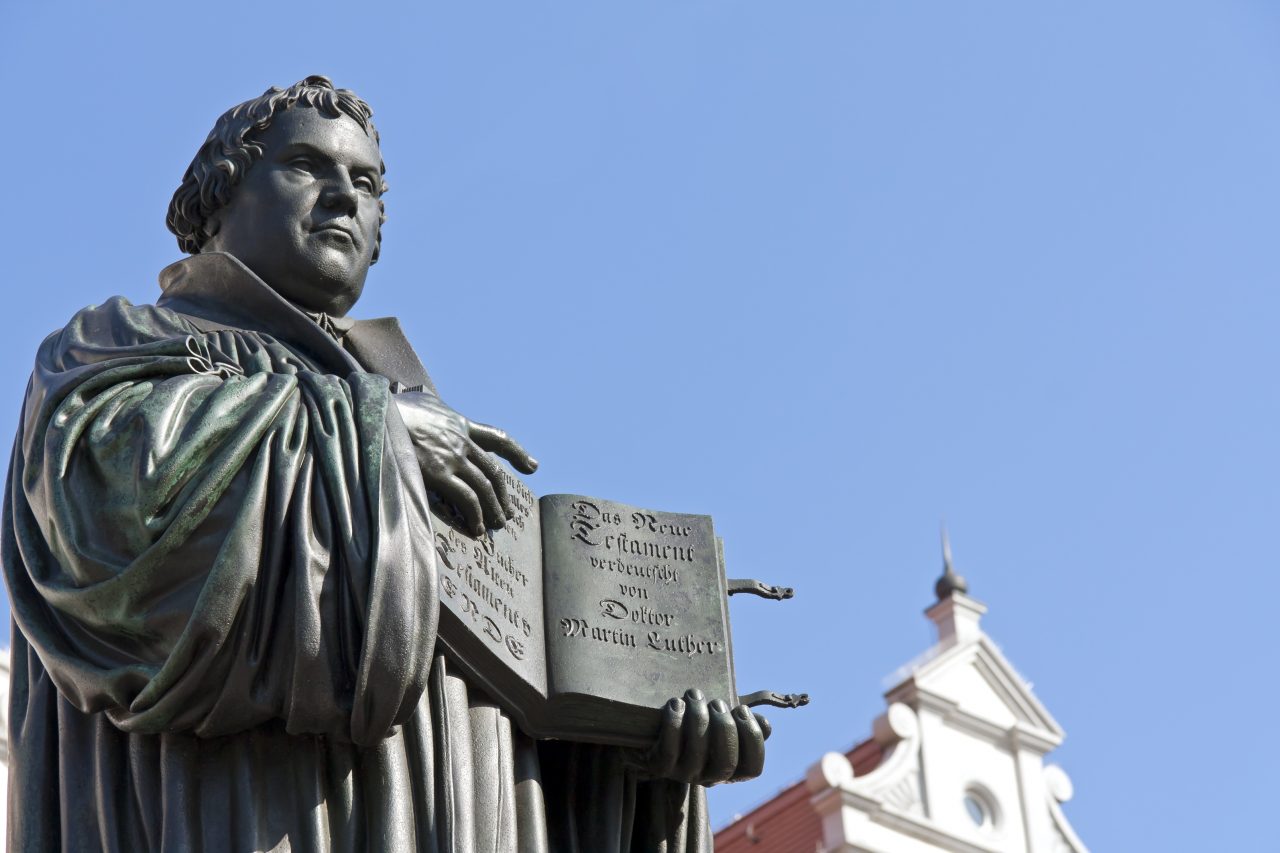
Statue av Martin Luther i Wittenberg, Tyskland
New Christmas traditions in the 19th century
In the 19th century, many Christmas traditions came to Norway. It often started with the rich people and then the traditions spread to everyone. The Christmas tree is an example of this. Christmas presents were not new but had only been for adults. Now children also started to get presents. They got practical things like clothes and shoes. The new nisse with red clothes, who brought gifts, became popular.
Cookies were later introduced as part of the Christmas celebration. Towards the end of the century, Christmas cards became an important tradition.
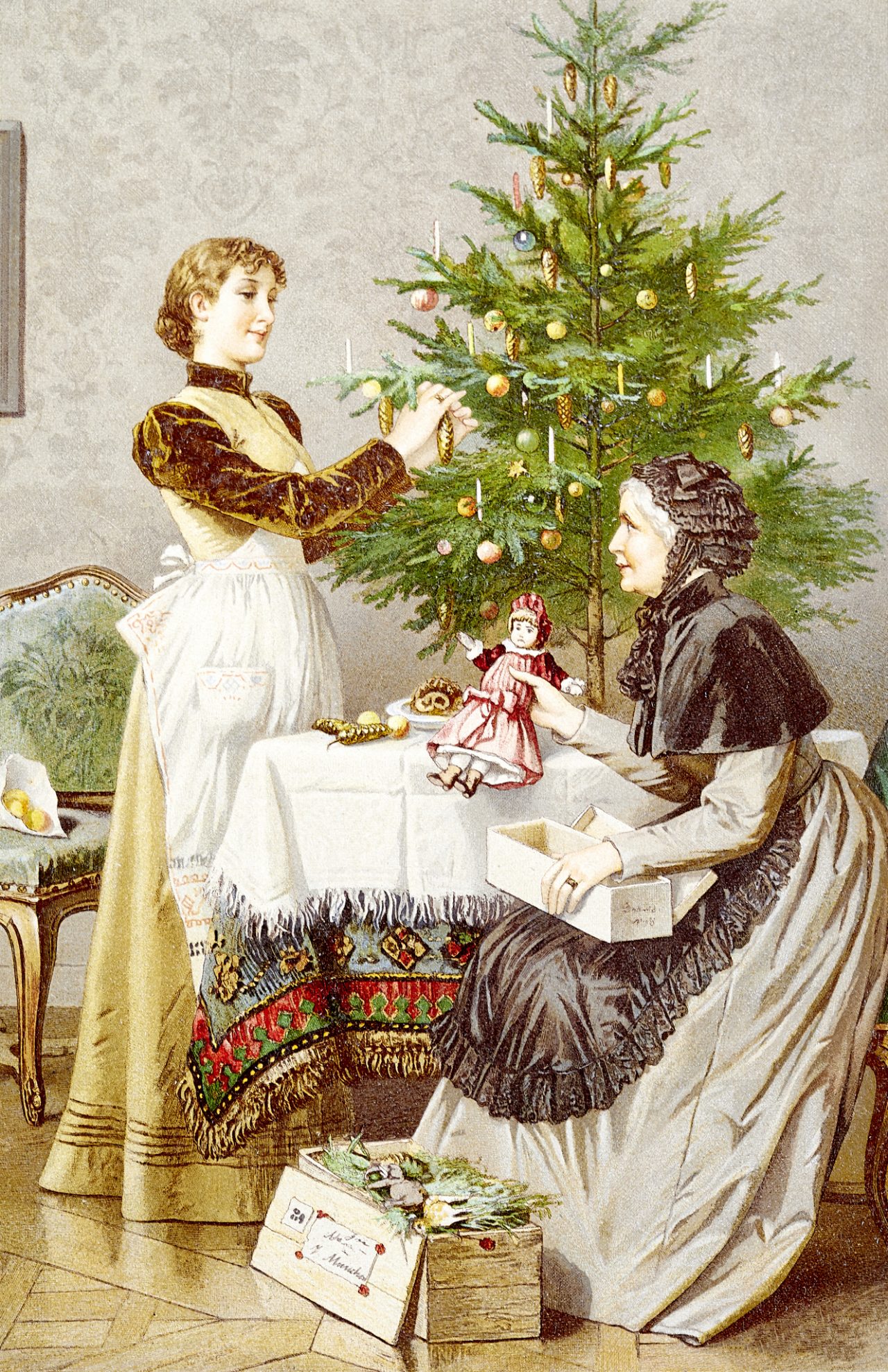
Christmas and the poor in the 19th century
Many people moved to towns and started to work in factories in the 19th century. It was difficult and they were poor. Before they have had the whole family around them, but not anymore. Charles Dickens wrote about Christmas in the mid-19th century. He wrote that Christmas was for rich people. There are still organisations today that help people who don’t have much money around Christmas.
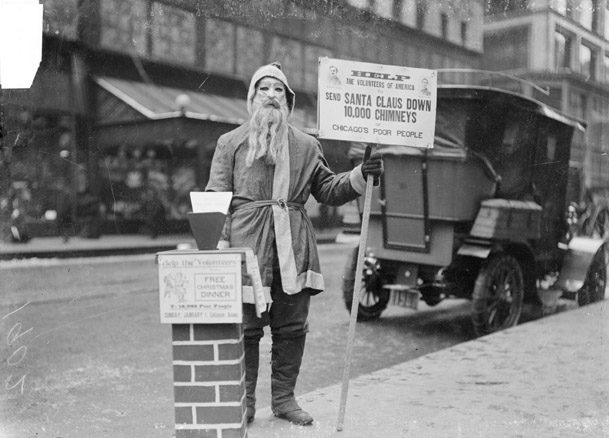
Chicago, Julenisse i 1902
Alternative Christmas
Alternative Christmas is a free event that started in 1969. It started in Oslo, but now it is in many cities. Poor people, drug addicts and the homeless are invited to Christmas celebrations. Also, lonely people can join, and it is open to everyone.
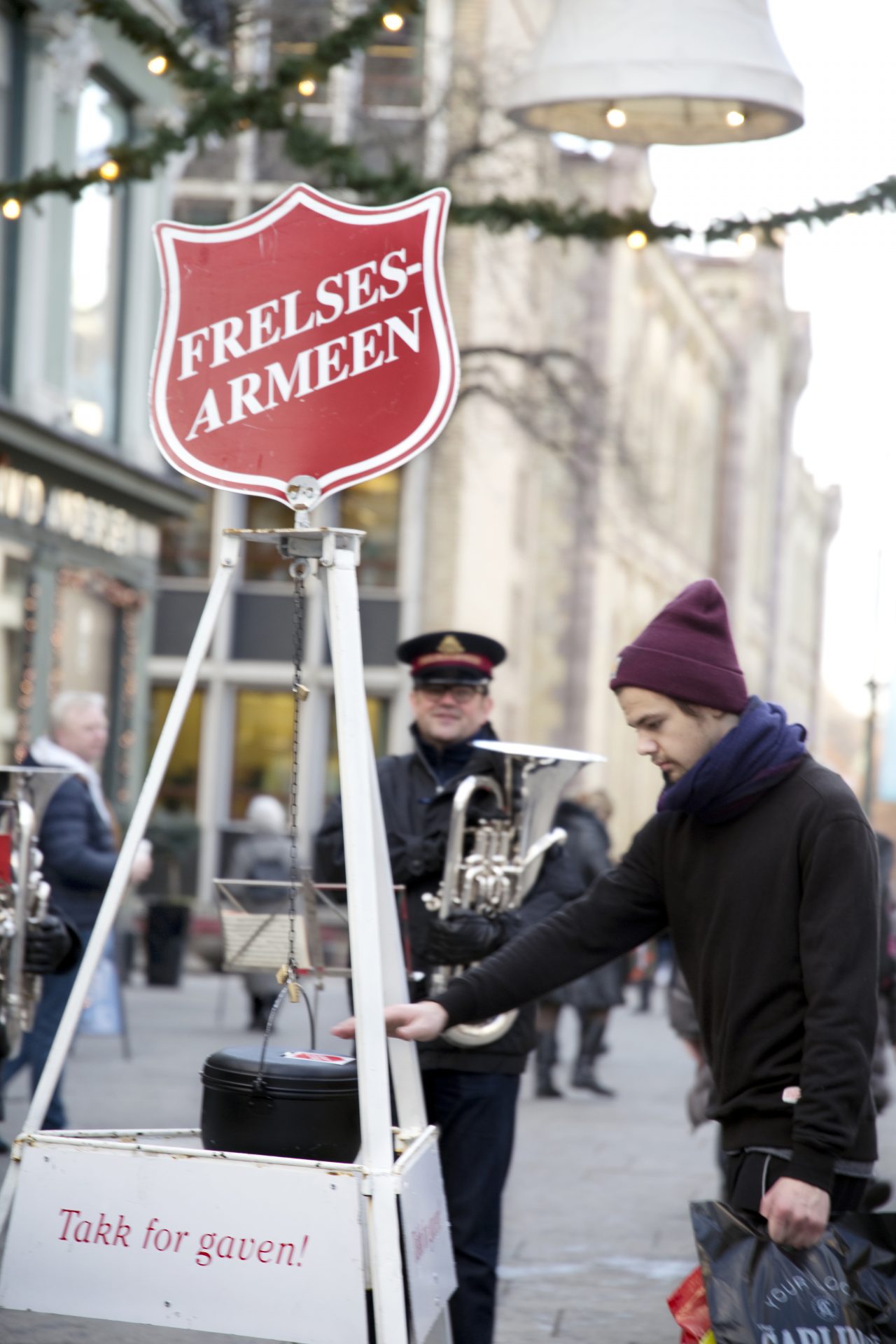
Hitler wanted to change Christmas
Hitler and the Nazis didn’t like Christmas and tried to stop the celebration. They didn’t feel it was right to celebrate baby Jesus, who was Jewish. They wanted the celebration to reflect Nazi symbolism. In Norway, the Norwegian flag and the red hat for Santa were banned. Red was the symbol of freedom. In Norway, people didn’t like the bans and continued their Christmas celebrations.
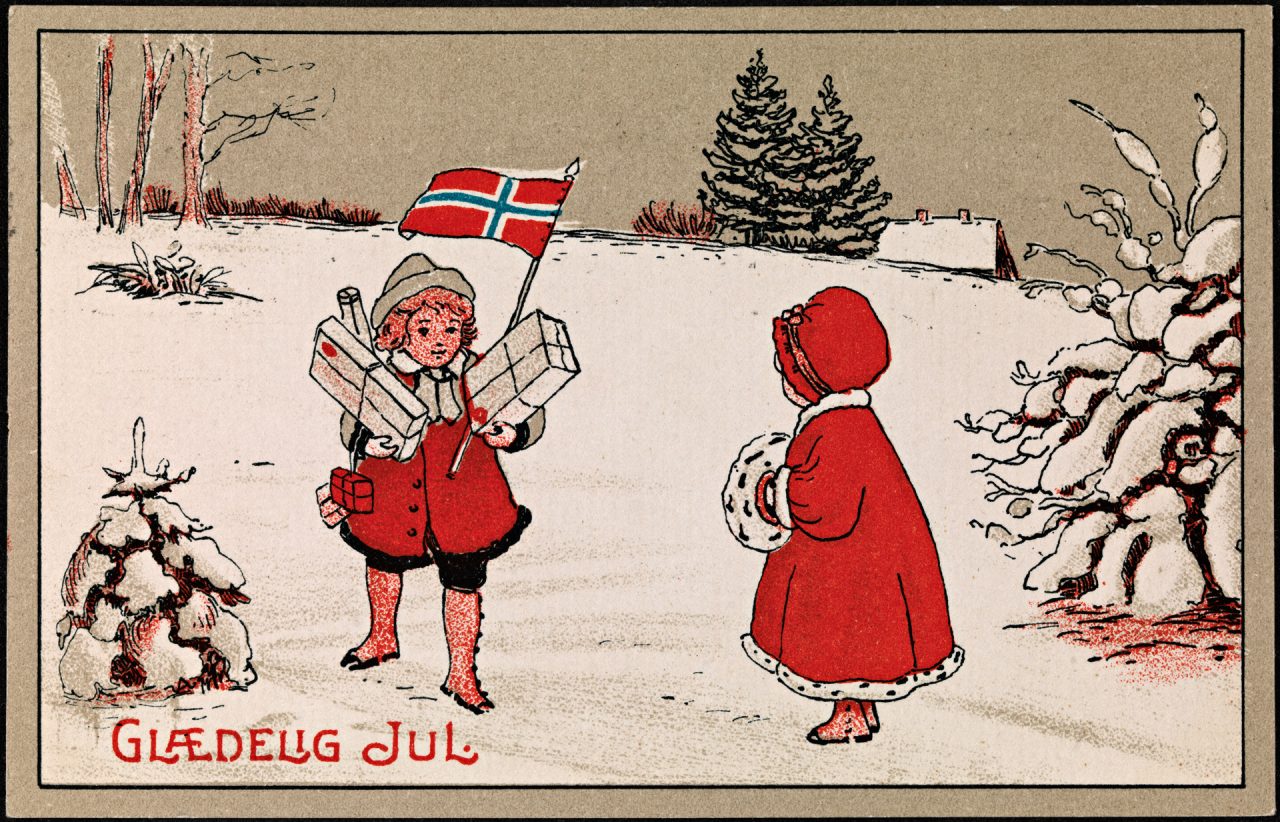
Julekort under krigen
Spending continues to increase at Christmas
Norwegians spend huge sums of money every year on Christmas celebrations. In 2019, the normal Norwegian spent 10,700 NOK on Christmas presents, food, clothes and decorations. Of course you can spend your money on whatever you want, but how many things do we really need? And what is Christmas really about?
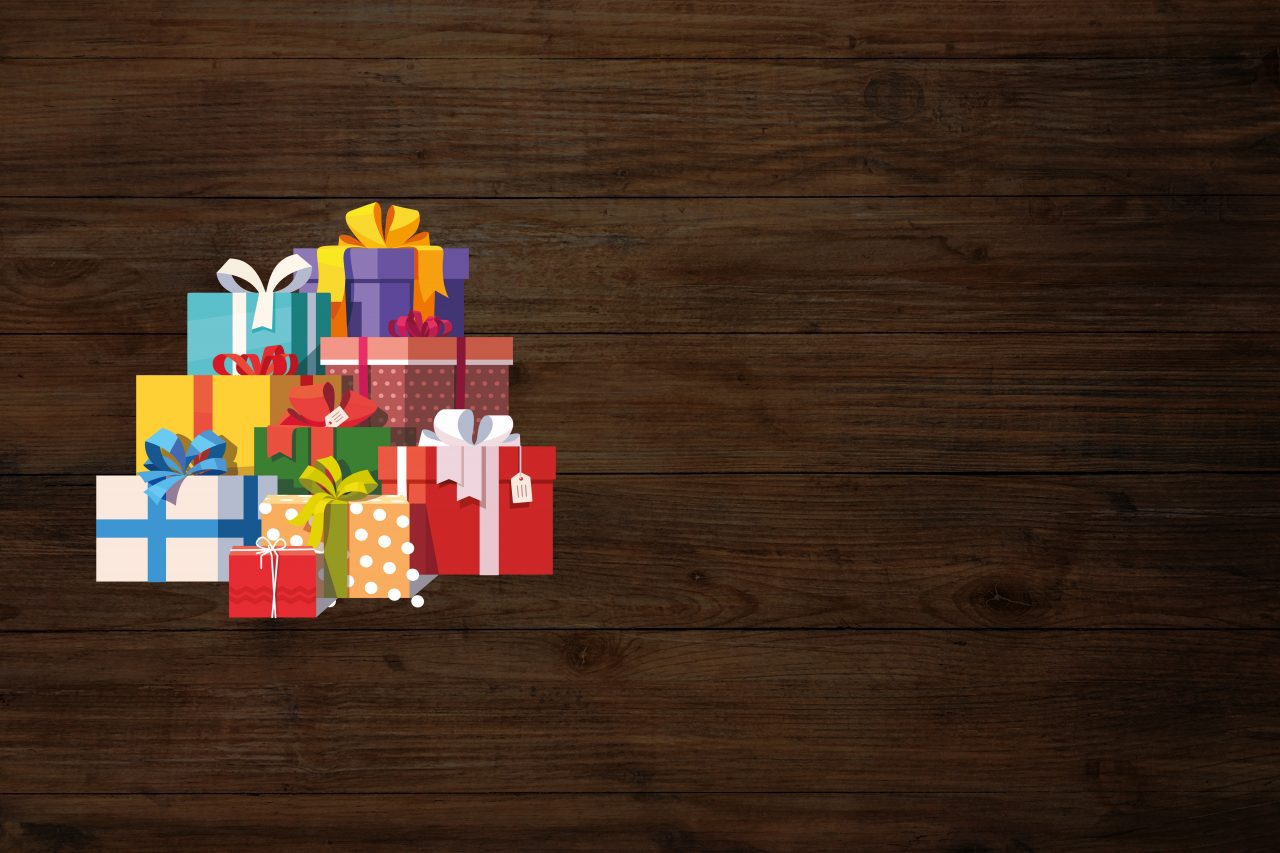
Illustrasjon av julegaver på en tre bakgrunn

Gammelt postkort bakgrunn uten tekst
Sources:
- Historien om Jesus og hans samtid (2020)
Orage Forlag AS
- uit.no (11.11.2020): Når begynte nordmenn å feire jul?
https://uit.no/nyheter/artikkel?p_document_id=398207
- Forskning.no (11.11.2020): Gleðileg jól
https://forskning.no/jul-sprak/gleileg-jl/945493
- human.no (11.11.2020): Juletradisjoner og julens historie
https://human.no/artikler/jul-og-julefeiring/julens-historie/
- historienet.no (11.11.2020): Vikingenes jul var preget av alkohol
https://historienet.no/sivilisasjoner/vikinger/vikingenes-jul-var-preget-av-alkohol
- imperiumromanum.edu.pl (11.11.2020):
https://www.imperiumromanum.edu.pl/en/roman-religion/gods-of-ancient-rome/list-of-roman-gods/sol-invictus/
- Wikipedia (16.11.22): Nisse (folklore)
https://en.wikipedia.org/wiki/Nisse_(folklore)
Media Rights:
-
-
Getty Images
-
Christian Krogh
-
Getty Images
-
Getty Images
-
Getty Images
-
Getty Images
-
Chicago Daily News
-
Skjefstad (CC BY–SA 4.0)
-
Ukjent
-
Getty Images
-
U.S. Embassy Oslo – YouTube
-


